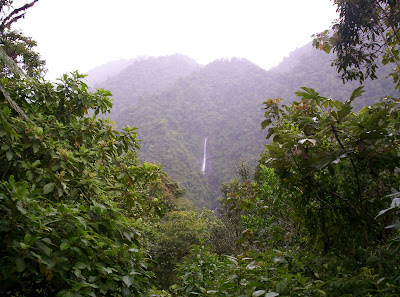Food and gastronomy in Costa Rica
Influenced by both its climate and its history, traditional Costa Rican cuisine uses profusely tropical fruits and vegetables, prepared with recipes that combine indigenous and European influences.
The food staples of Costa Rican diet are local agricultural products: rice, beans, vegetables, fruits and dairy products, many kinds of meat and native recipes based on corn. Costa Rican cuisine is mild and does not abuse of spices, something that surprises many as they often imagine it as spicy as Mexican food. Only some meat sauces use moderate amounts of chili.
Meat is often served with corn tortillas, potatoes, sweet potatoes or yucca. Plantains, similar to bananas but bigger, are often used as vegetables and are also another Costa Rican stale. They need to be cooked, and can’t be consumed raw. They are prepared in one thousand ways: boiled, fried, roasted…
The traditional breakfast is the gallo pinto, a mix of rice and black beans accompanied with corn tortillas, eggs and natilla (sour cream).
Probably, the most representative Dominican dish is the “casado”: beef or chicken meat with rice, beans, plantain, salad or mashed potatoes. In December, families elaborate the traditional Christmas tamales made with corn flour, pork and chicken meat, rice and vegetables.
Traditional desserts are: Pineapple empanaditas, chiverre, rice pudding, chiricalla, coconut cajetas and caramel custard.
Among drinks, the first place corresponds indeed to coffee: Costa Rica produces one of the world’s finest coffees.
Also remarkable, due to its indigenous origin, is the Chan, a milkshake made of the seeds of a local plant. Other drinks are: tamarind juice and many other milkshakes, called frescos here. There is also the horchata, made of boiled rice, roasted peanuts, milk and water with cinnamon, rum, sugar, cocoa and vanilla.
Spirits include the Chicheme, of indigenous origin, made of corn, ginger and black sugar. The Chinchiví made out of sugarcane juice. The Coyol wine, made with the fermented sap of the coyol palm tree. Every Costa Rican family loves Rompope, made with milk, cream, eggs, vanilla and liquor. Finally, anywhere in the country you can find Imperial beer.








